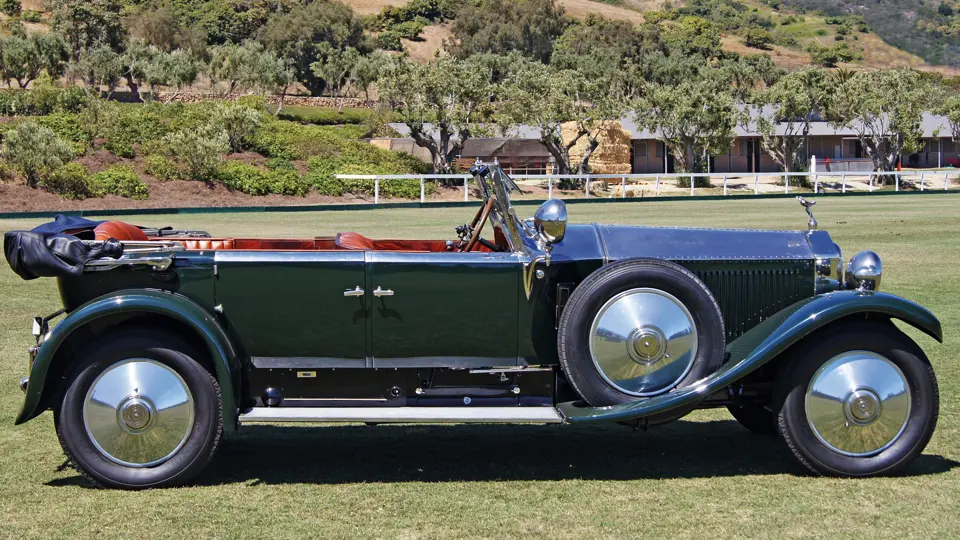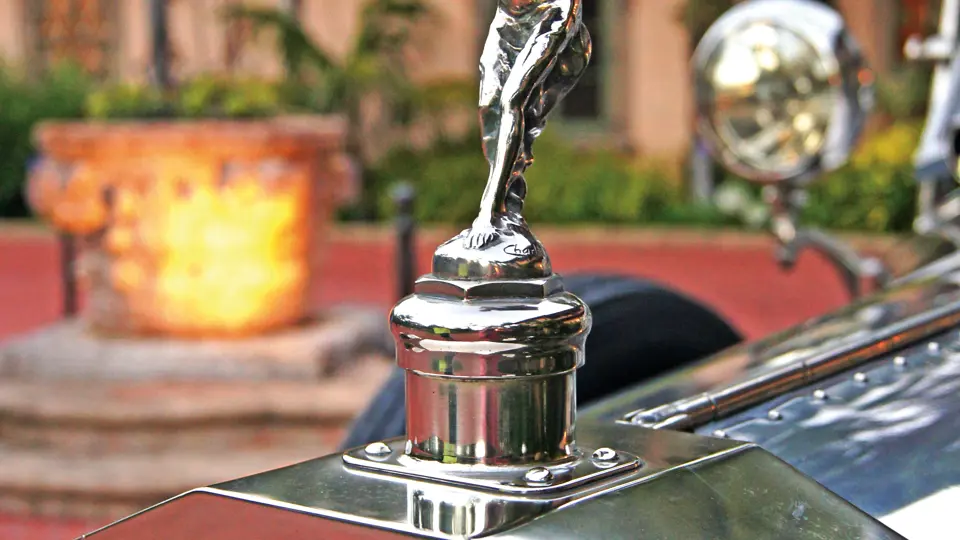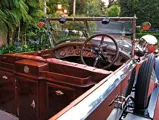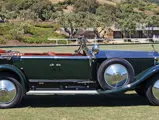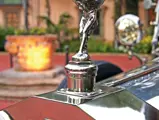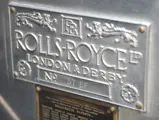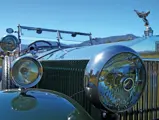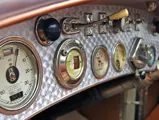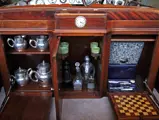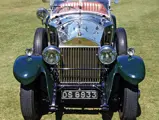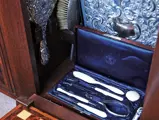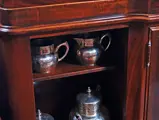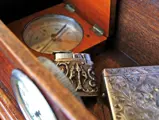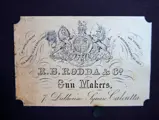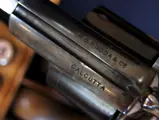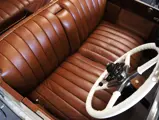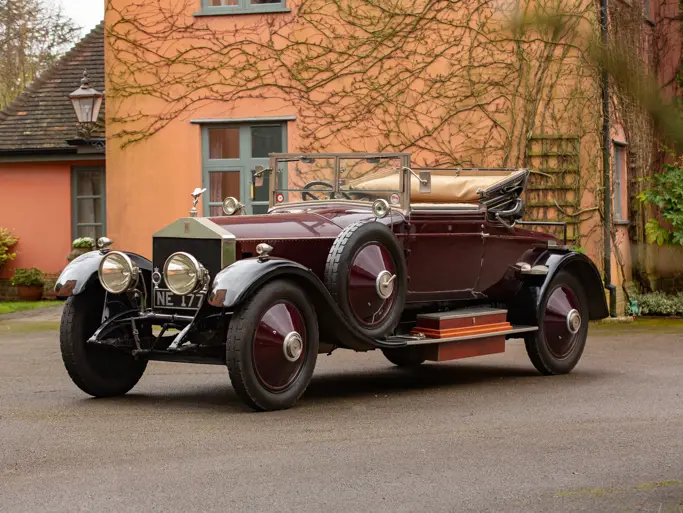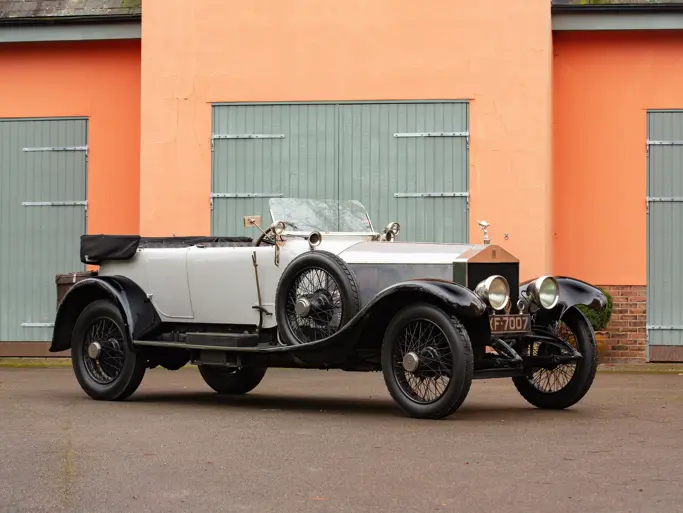108 hp, 7,668 cc OHV six-cylinder engine, RR-design carburettor, four-speed gearbox, solid front axle with semi-elliptic leaf spring suspension, live rear axle with cantilever rear suspension, and four-wheel mechanical brakes with servo-assist plus. Wheelbase: 146.5 in.
• Fully documented, matching-numbers car; original engine, gearbox, and body
• Complete, recent cosmetic and mechanical restoration
• Originally ordered by the H.H. Maharaja of Pithapuram
• One-off, original “Torpedo” body, specially ordered from Hooper & Co.
• Stephen Grebel lights, fitted gun case, and exquisite woodwork
The new Phantom, retrospectively dubbed the Phantom I, replaced the venerable Rolls-Royce 40/50 HP Silver Ghost in May of 1925. Retaining many of the remarkable capabilities of the Ghost and offering an impressive scale with refined lines, all things considered, The Autocar summarised its review of the new Phantom in its 22 May 1925 issue, by stating that a road trial “indicates further progress towards perfection. Acceleration and speed improved without sacrifice of comfort and refinement”.
The Phantom I’s cantilever springing made for a magnificently situated chassis, which appealed to those who wished to make a statement with their cars. It is not surprising that the chassis was a favourite with royalty, other heads of state, and many kings of India’s princely states, known as Maharajahs, who generally ordered original one-off touring bodies with bespoke features that set them apart. Historically, these special cars have held significantly higher values than the standard town cars, coupés, and saloons. Maharajahs began to compete amongst themselves, each trying to out-do the other by commissioning some of the most magnificent and extravagantly fitted motor cars of the 1920s. The Phantom I was the model most often selected, not only because of Rolls-Royce Motors’ reputation as the best car in the world, but this newly designed sturdy chassis could support the heaviest and most elaborate coachwork.
One such Phantom I chassis was ordered via Rolls-Royce, Ltd., of Bombay, India, by the Maharaja of Pithapuram, chassis 57 EF. It was transported on 12th April 1927 to Hooper & Company to be fitted with its elegant one-off touring body. Existing from 1905–1959, Hooper & Co., Ltd., was one of the mostly highly regarded coachbuilders in England, carrying Royal warrants to the British Sovereigns from 1930 until 1946. Clients included the Emperor of Japan, the King Farouk of Egypt, King Edward VII, Prince Hamiddulah of Bhopal, the Shah of Persia, and the Maharajah of Pithapuram.
The Maharajah collaborated with the designers at Hooper and, as original chassis cards and coachbuilder notes validate, he ordered the car to be fitted with a raked, four-piece windscreen, a louvered bonnet, domed wings, twin side-mounted spares, a pair of “nautical” style air vents in front of the windscreen, Stephen Grebel headlamps and spotlight, and a rear-mounted luggage rack.
One of the rare features on this car that speaks to the incredibly high build quality is its side screens, designed to be lowered into the doors rather than removed and stored elsewhere when not required. Further bespoke appointments included an all-aluminium fascia complete with silver-faced instruments and gauges, a cigar lighter, and an ivory steering wheel and hub stalks. To ensure the prince had a car unlike all others, he specified the seats to be upholstered with pleated rather than button-tufted upholstery, as was more common in the mid-1920s. To add to his comfort and special requirements, exquisitely finished woodwork was installed, including a polished teakwood cabinet in the rear passenger compartment, complete with space for two decanters, a thermos and crystal beakers, a card case, a mirror, and a clock. The forward driver’s compartment included a “receptacle for a revolver between the front seat cushions and a flap to cover...”, indicative of both a fascination with firearms shared by many Maharajahs and the turbulent times of 1920s India.
Upon completion, the car was shipped from London to Bombay aboard the SS Rampura on 2nd September 1927, where it joined the household fleet of Sri Raja Rao Venkata Kumara Mahipati Suryarao Bahadur Garu, Maharaja of Pithapuram. Ruler of a district famed for its ancient Hindu temples, the Maharaja was born on 5th October 1885. Ascending to power during 1905, and appointed a C.B.E. before India gained its independence, the Maharaja died in 1964.
By the late-1980s, the Rolls-Royce was in America, owned by noted early collector Tom Barrett. Repatriated to the UK by renowned Rolls Royce dealer Charles Howard in 1989, the Hooper-bodied tourer was road registered as DS 8933 on 25th April 1991. An extensive restoration had been carried out, which saw it to a position on the 18th fairway of the Pebble Beach Concours d’Elegance in 1993.
Nearly twenty years later, 57-EF has again undergone an extensive restoration of the coachwork, in addition to a servicing of the chassis and major mechanical components. Fantastically finished in Phthalo Green paint with a polished aluminium upper bonnet, scuttle, and door tops, the Phantom I was further accented by proper polished aluminium wheel discs. The exterior hardware was found to be complete, including the intricately sloped windscreen, the Barker Dipping system with Stephen Grebel headlamps, and the matching Grebel spotlight on its proper mount.
The interior retains its special-order instrument panel, nickel-faced instruments, ivory handles and knobs, and even its rear compartment clock. The interior was additionally trimmed in a wonderful rich Nutmeg hide, which matches the flame mahogany woodwork beautifully. The rear cabinetry with ivory inlay has been outfitted with period correct items, including a four-piece silver tea set, a set of four jade travelling cups, two glass and sterling silver etched bottles, a glass and sterling silver flask, a set of leather-wrapped Champiere of Paris binoculars, a sterling silver and blue velvet ledger, an ivory grooming kit with leather case, a sterling silver vanity mirror with a matching bristle brush set, an inlaid wooden chessboard, a brass compass, a sterling silver card case, and a sterling silver Indian cigarette lighter.
Tastefully finished, 57-EF is as striking today as it was upon delivery, an unmistakable symbol of wealth in pre-war India. This handsome Hooper tourer is a marvellous example of the connection between the Maharajas and Rolls-Royce, and it is well documented with copies of both Rolls-Royce and Hooper & Co. records. Per original specification, a case between the front seats holds the revolver, a Webley .455 Royal Irish Constabulary that was sold new by R.B. Rodda and Company, of Dalhousie Square, Calcutta, India. The revolver itself has been decommissioned, and the consignor is happy to make the item available to any interested buyer. The heavily appointed Phantom I has benefitted from significant recent attention and remains unseen on the concours field, where it is no doubt worthy of display. The Rolls-Royces delivered to India remain among the finest, rarest, most bespoke examples of the marque, and 57 EF is unquestionably a peer among this elite group.




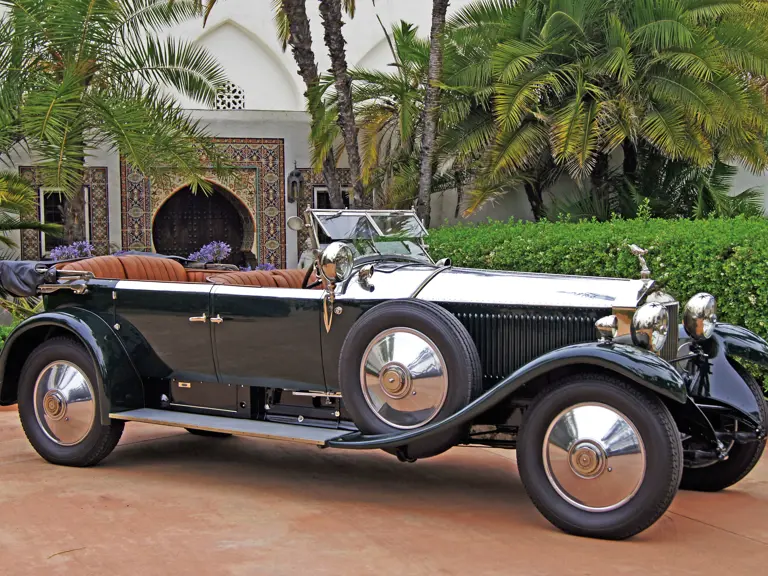
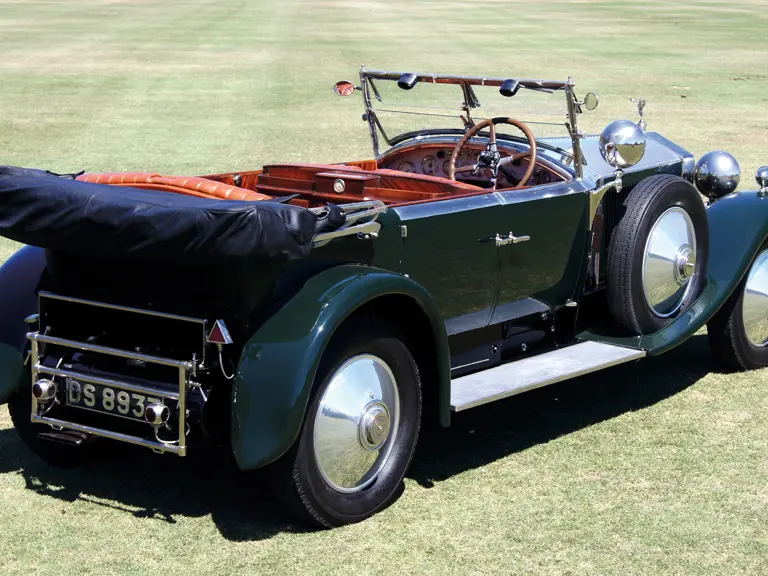
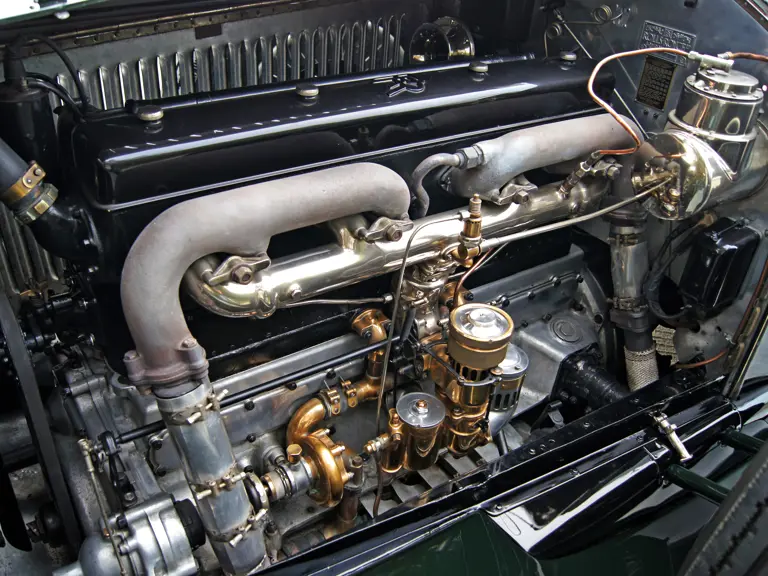



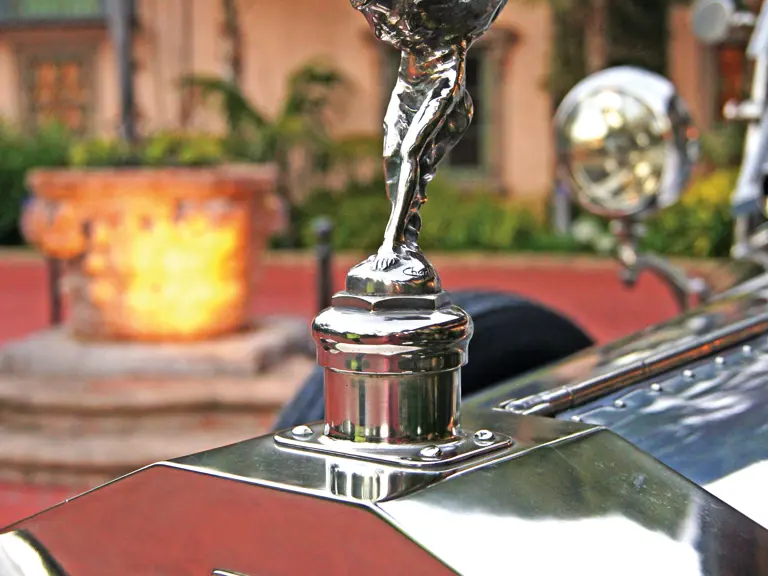
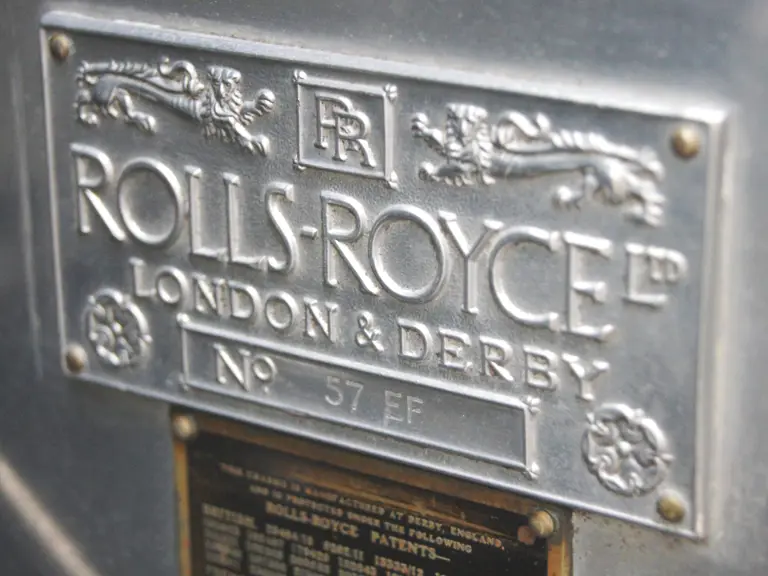
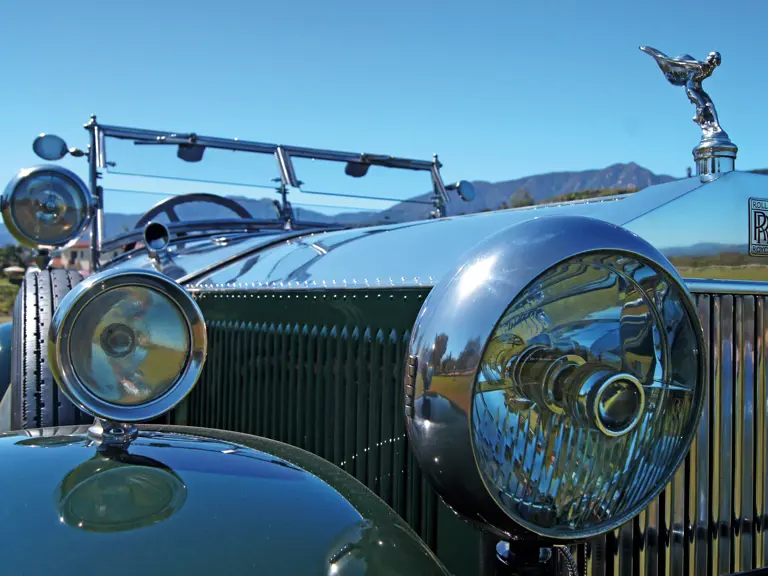
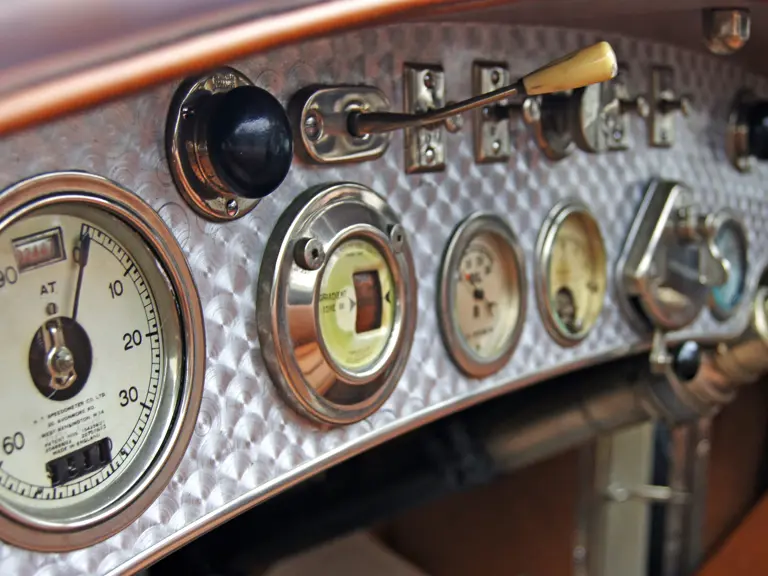

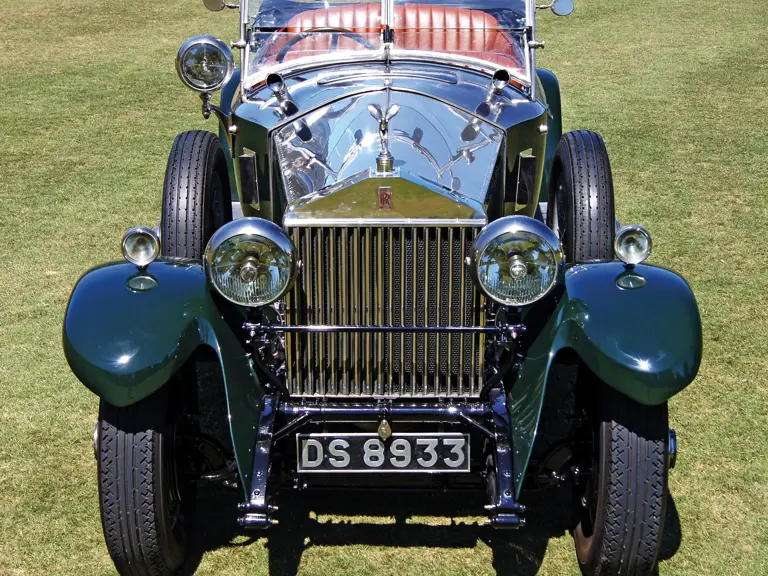
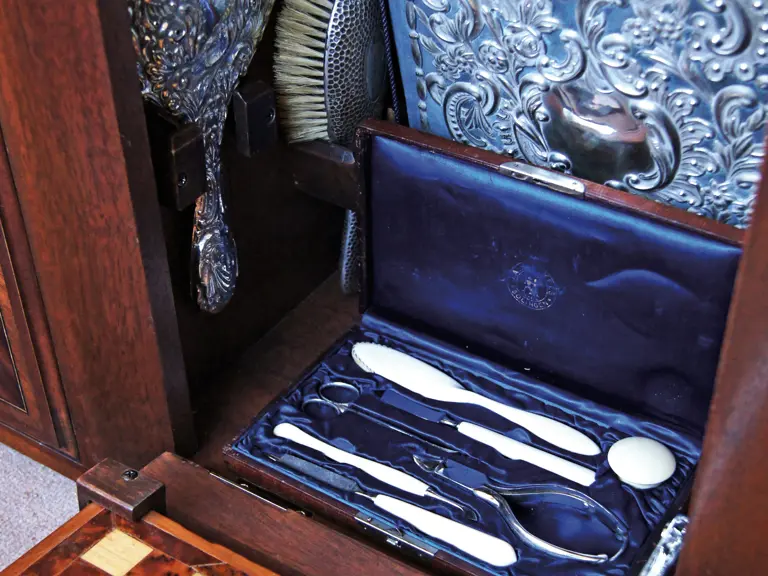
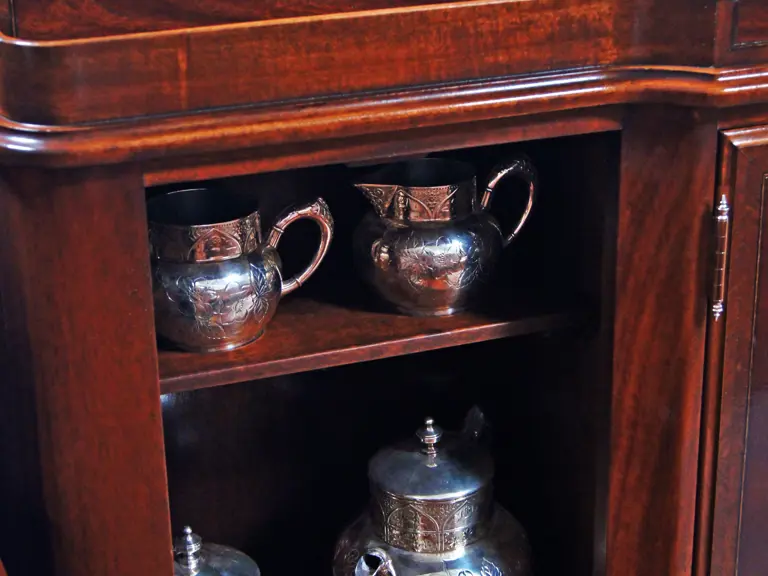
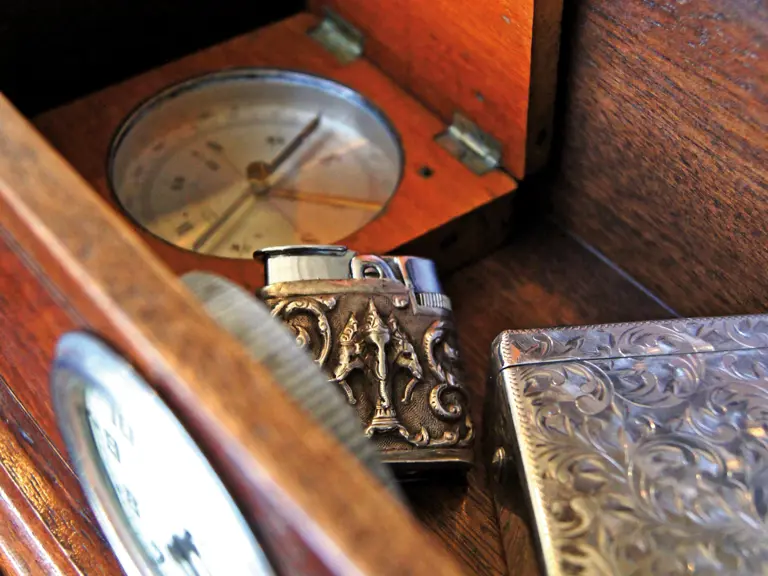
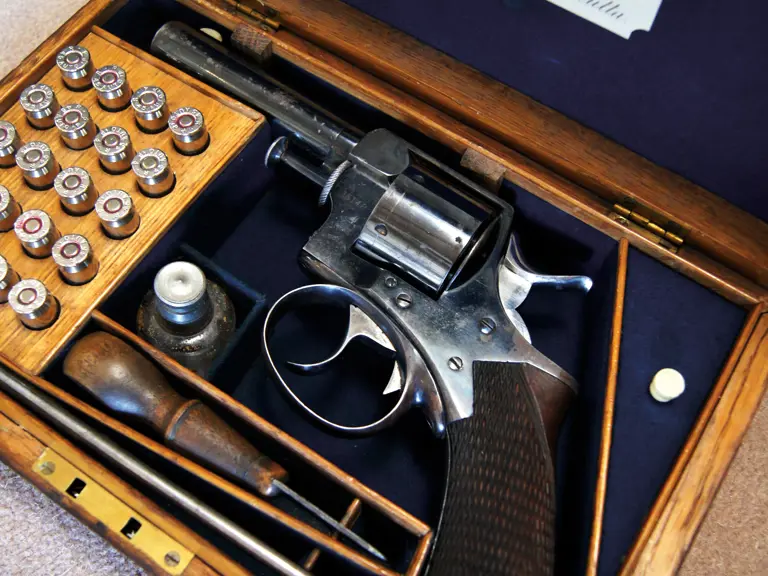

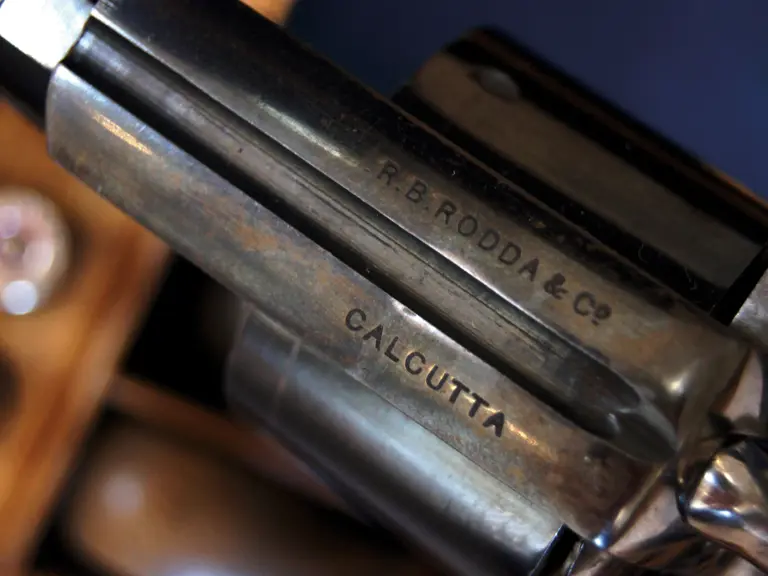
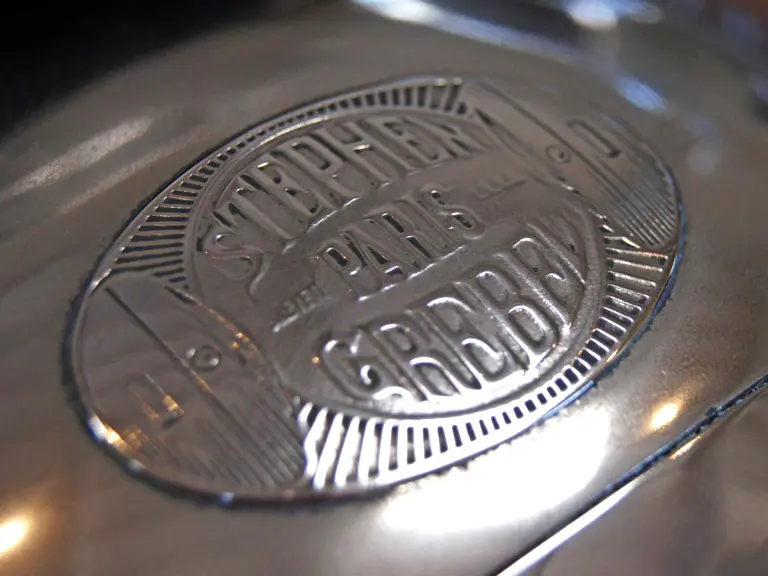
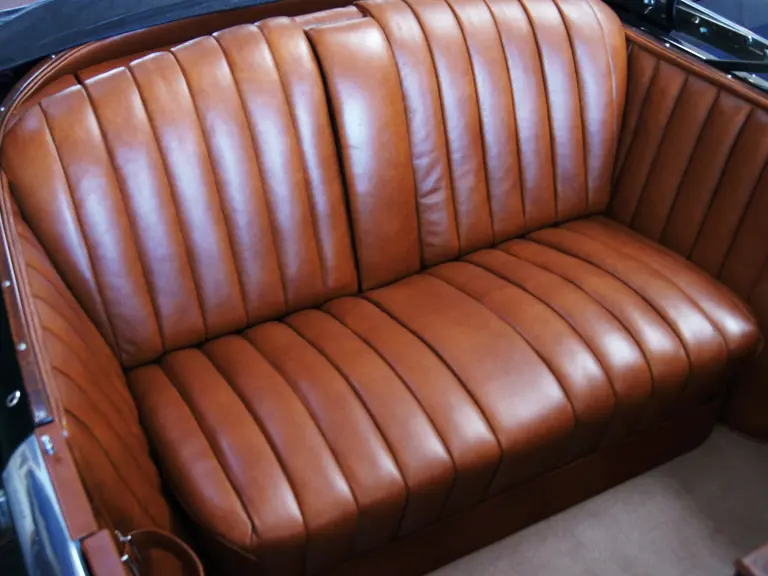
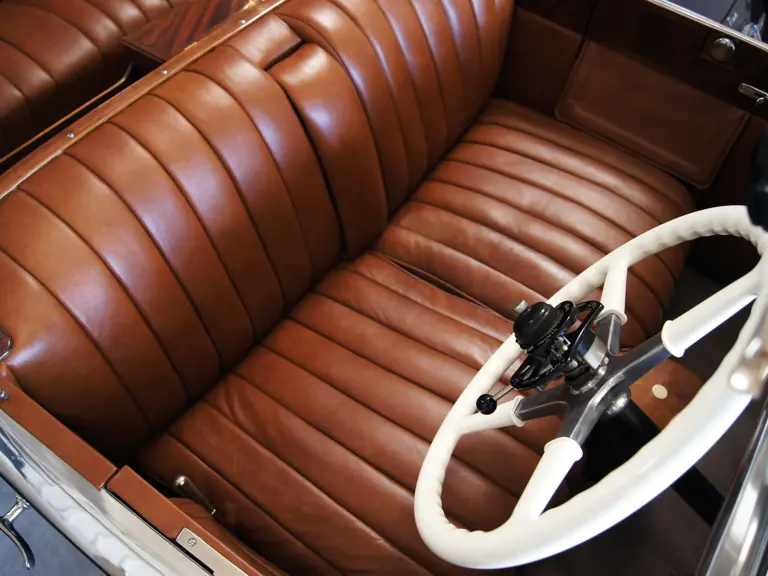
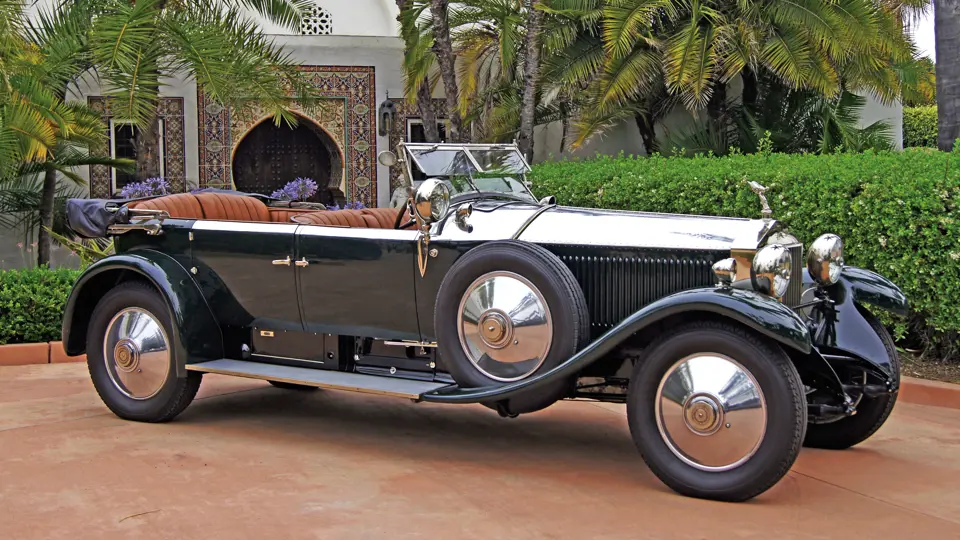
 | London, United Kingdom
| London, United Kingdom

